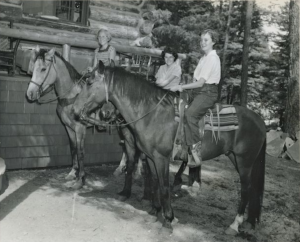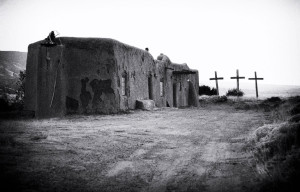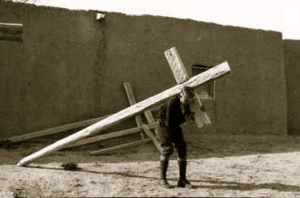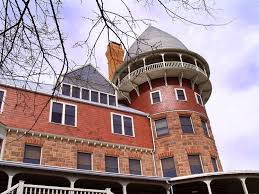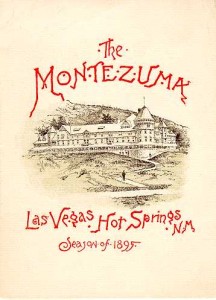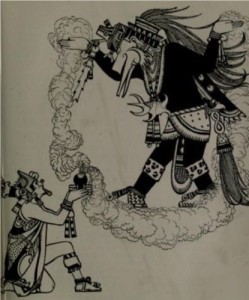Throughout our beautiful state, this story is told in many different versions. The tale has been told for over 500 years, in Mexico, in *** and here in the Southwest. It is kept alive for many reasons; to warn of the dangers of drowning, to remind starry-eyed young ladies of the danger of an unequal match to a wealthy man and as a symbol of the loss of indigenous culture following conquest.
Here is the way we heard this tale growing up.
Once there lived a beautiful but sorrowful woman, near the banks of the Gallinas River. Like the river itself, her dark hair flowed down across her shoulders and reached below her waist. Her sadness was due to the death of her husband, early in the years of their happy life as a couple. His only gift was the life growing within her. In due time, the widow gave birth to twin boys, handsome and strong like their father. The babies brought great joy to their mother and long were the days full of laughter ringing in the air. Their mother cared deeply for them, seeing in them the memories of all that was good from her beloved husband. Her sorrow lessened over time as she felt that her husband’s love lived on in their beautiful children. As the years passed, she began to notice a sort of cruelty growing in one of the boys. It began with harm to insects and then animals, and moved on the evil deeds done to the children nearby. As the mother watched and tried to remove this cruel tendency, she discovered that harm was being inflicted on her other son and later, upon herself. The hatefulness of this twin seemed to grow and rejoice in every cruel deed accomplished and every sorrow inflicted. The mother tried all that she could think of. She loved, she corrected, she prayed, she did all in her power to bring the love and kindness back to this child. Finally, by the time the twins turned 8, she felt that she had no choice but to remove the life of this evil twin from the earth and from herself and her good son.
One night, when the moon was full, she crept quietly to the boys’ room and carefully carried the sleeping son down to the river without waking him, having placed certain herbs in their supper, designed to keep one sleeping. Her mother’s heart was as heavy as her sleeping boy but she knew that it was only a matter of time before he took the life of his own brother and others perhaps. With flowing tears, she lowered him into the deepest part of the river and kept him under until his life flowed out of his body. She pulled his body to shore and wept until the morning but at last there was a moment of peace, knowing that she had put this evil away. She returned to the house to make breakfast for herself and her good son but soon discovered that her evil son had traded beds with his brother and was the one who had survived. All sorrow fell upon her and she threw herself in the river until she drowned. Knowing the evil she left of the earth and the good she wrongfully destroyed, her spirit walks the banks of the river, crying and lamenting the loss of her beloved son.

